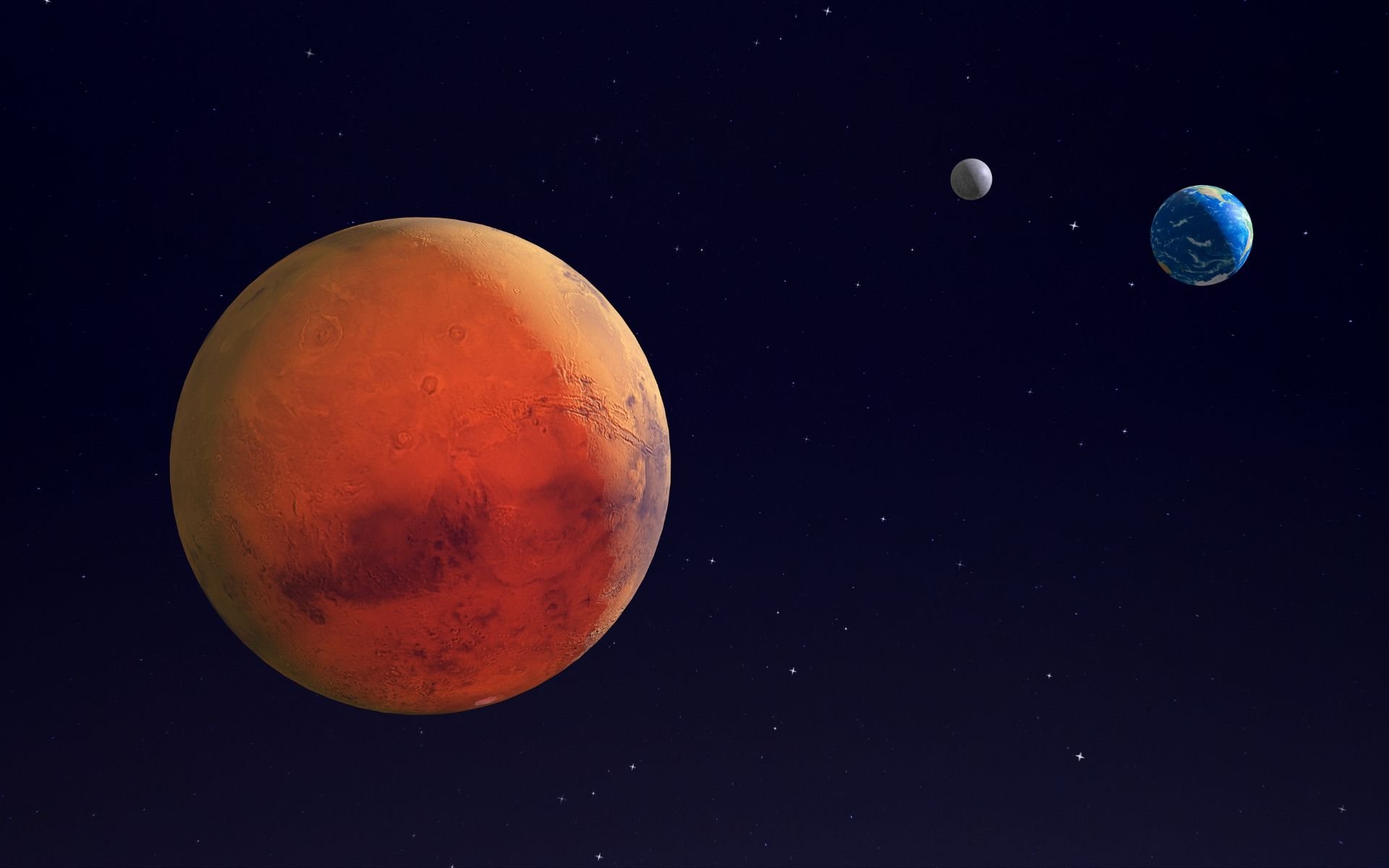Although they are 55 to 400 million kilometers apart, Gravitational interaction between Earth and Mars causes cyclical changes in our ocean currents deep, which repeats every 2.4 million years. The discovery, made by geoscientists from the universities of Sydney and Sorbonne, shows that the energy of these currents increases and decreases as the oceans cool and warm.
Using deep-sea geological records to establish a link between synchronized astronomical motions between Mars and Earth, ancient patterns of global warming, and changes in deep ocean circulation, researchers “found only one way to explain them: they are linked to cycles in the oceans,” the study’s first author said in a statement. “Earth’s interactions revolving around the Sun,” he said.
For geoscientist Adriana Dutkiewicz of the University of Sydney, Australia, It was a big surprise to discover that these 2.4-million-year cosmic cycles could be found in “seafloor sedimentary data.”.
Testing gravitational interference between planets in the solar system
Initially, Dutkiewicz and his team were trying to understand whether deep ocean currents change when the climate becomes warmer, strengthening or weakening. To do this, they looked for sediments that were disrupted when eddies were faster and accumulated when the ocean was calmer.
The study, published in Nature Communications, was based on analysis of 293 deepwater scientific drillings from across the planet; Evidence of 387 sedimentary ruptures over the last 70 million years has been found here.
These interruptions over time surprisingly revealed a point of connection: The 2.4-million-year cycle confirms the hypothesis of gravitational interaction between the Earth and Mars cycles.
Importance of cosmic cycles between Mars and Earth
The new discovery is important because by then experts had even suggested the possibility of a collapse in the AMOC (English abbreviation for Atlantic Meridional Circulation), a system of ocean currents that carries warm water from the tropics to high altitudes. and is very important for global climate balance.
The reason this could theoretically happen is that a warmer climate could cause the deep ocean to be less active as global warming melts sea ice. However, warmer climates also increase the frequency of major storms, which cause eddies that stir up sediments deep in the oceans. Ultimately, they may be more resilient to climate change than previously thought.
Since analysis of 65 million years of deep-sea data shows that warmer oceans have a stronger circulation, Dutkiewicz concludes that “this would potentially prevent the ocean from stagnating even if the AMOC slowed or stopped altogether,” the geologist concludes.
Did you like the content? So, stay updated with more curiosity about the interaction of planets in our Solar System at TecMundo and take the opportunity to understand what the Indian Ocean gravitational hole is.
Source: Tec Mundo
I’m Blaine Morgan, an experienced journalist and writer with over 8 years of experience in the tech industry. My expertise lies in writing about technology news and trends, covering everything from cutting-edge gadgets to emerging software developments. I’ve written for several leading publications including Gadget Onus where I am an author.











